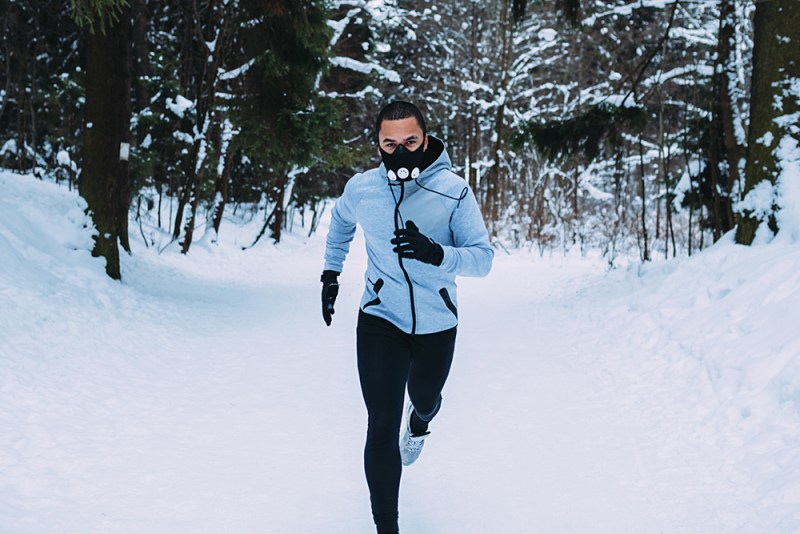
Running sucks — or at least it seems like it when you’re just starting out. For a lot of people, learning to run, bike, swim, or one of countless other forms of aerobic activity like HIIT workouts is an exercise in discomfort. But before you head out the door in your brand-new workout gear, intent on suffering for some vague sense of “fitness,” let an expert weigh in. “You have to have a plan,” said Mecayla Froerer, Head of Fitness Programming at iFit.
Not familiar with iFit? You likely are familiar with its hardware-based dependents, including NordicTrack, ProForm, and Freemotion, which, along with its stand-alone app, stream interactive workouts across a host of disciplines. Some of the modalities in which Froerer’s trainers concoct plans for every need and all its related machines are running, biking, rowing, and HIIT classes. It’s no surprise, then, that Froerer, a swimmer by training and a runner of late, appreciates moving broadly across disciplines.
“There are quite a few benefits to using your body in different ranges of motion, different planes of motion,” she said. Training across cardio methods can help your mind stay fresh while your muscles develop balance. Tight hip flexors from cycling? Expand them by running. Lost flexibility and core strength running? Pull a few hundred meters on the rower and see what it does for your back. “Working those other muscles that you may not be accessing very often is critical to being well-rounded,” she told us. The best part is that all of her cardio workouts are incredibly fast, allowing you to get it in and get on with your day.
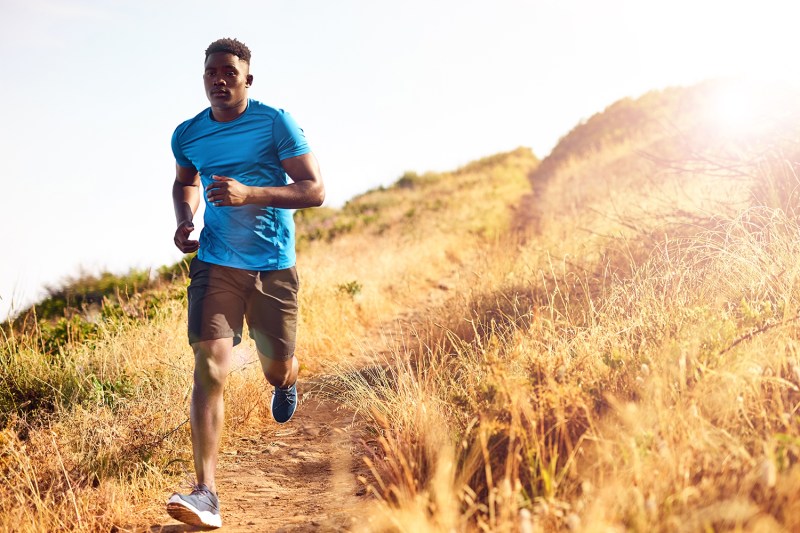
Running: Strength intervals
From Chariots of Fire to Forrest Gump, running has long been lauded for its simplicity in execution. Yeah, some of the best running gear can make it more comfortable, but really, the only thing you need is a good pair of shoes. When you’re ready for more than just a comfortable jog, try this one with intensity on a 1-to-10 feel.
Targeted muscles: Lower body, core, aerobic system, and some upper body
Equipment needed: None
Execution: After a five-minute light jog as a warm-up:
- “7” intensity, four minutes
- Two-minute easy recovery
Repeat for three total rounds. Cool down with a light five-minute jog to finish.
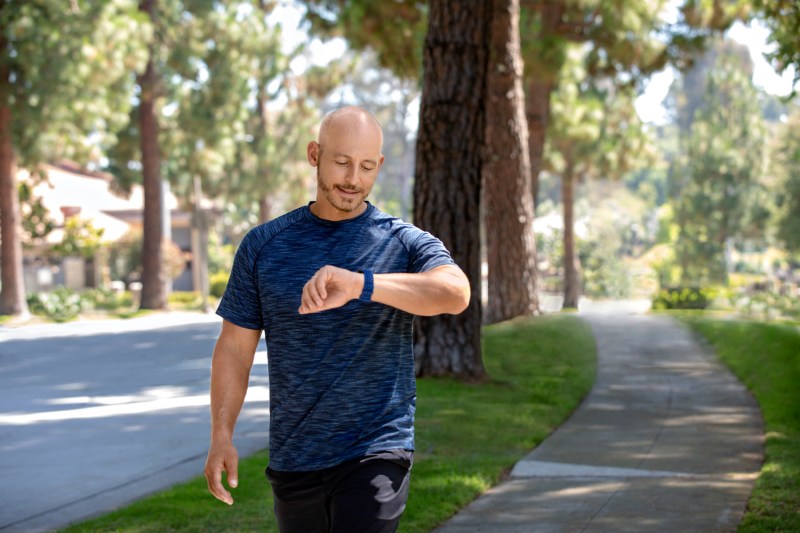
Walking: Speed walk
Sure, everyone walks. But ask any city dweller, and they will tell you that hoofing it 10 blocks around uptown is no small task. If you’re ambivalent about running or just not feeling like you’re ready, walking can be a great alternative or transition
Targeted muscles: Lower body, core, aerobic system, and some upper body
Equipment needed: None
Equipment name: ProForm Carbon T10
Execution: After an easy three-minute warm-up walk, then:
- “7” intensity, one minute
- One-minute easy-walk recovery
- “7” intensity, 90 seconds
- One-minute easy-walk recovery
- “7” intensity, two minutes
- One-minute easy-walk recovery
Repeat for two rounds, then cool down with an easy walk for three minutes.
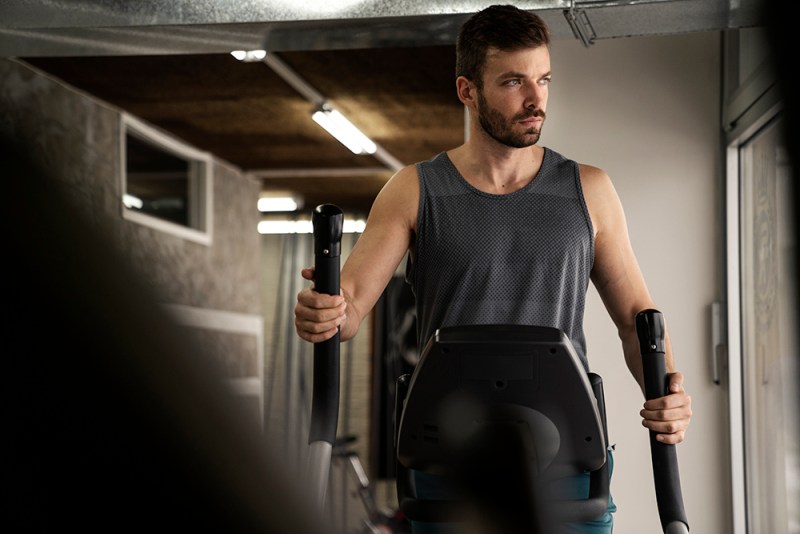
Trekking or elliptical
For those who want to avoid the pounding of running or an alternative to it, an elliptical is a great option. While its movement is similar, the circular pattern eliminates hard footfalls.
Targeted muscles: Lower body, core, aerobic system, and upper body
Equipment needed: Elliptical machine
Execution: After an easy three-minute warm-up:
- “6” intensity, two minutes, moderate-high resistance
- One-minute easy recovery, light resistance
Repeat three times, then:
- “7” intensity, one minute, moderate-high resistance
- Thirty-second easy recovery, light resistance
Repeat three times, then:
- “7” intensity, 30 seconds,
- Fifteen-second recovery
Repeat three times, then cool down for three minutes.
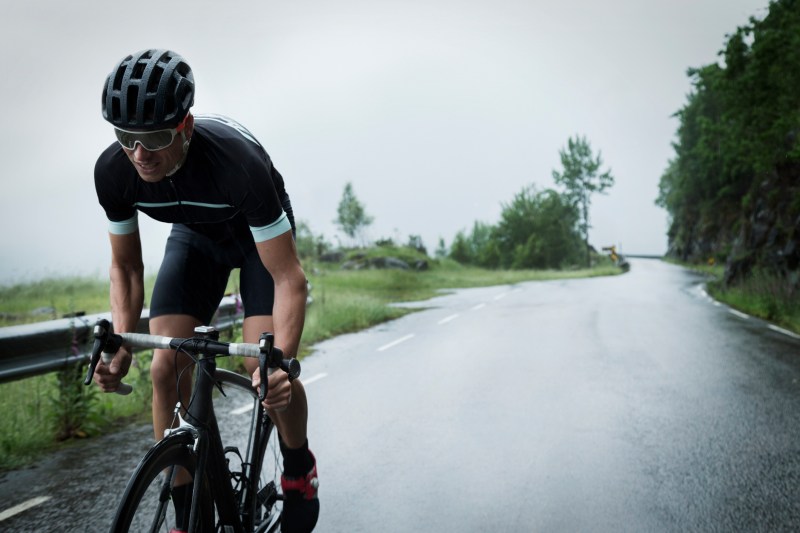
Cycling
Whether on a protected loop, open road, or a studio bike, cycling develops your aerobic system while avoiding repetitive pounding. Your calves will be chiseled from marble, your quads will ripple, and your belly will recede.
Targeted muscles: Lower body, core, and aerobic system
Equipment needed: Bike of some kind
Equipment name: ProForm Studio Bike Pro 22
Execution: After a five-minute easy warm-up, then:
- 30-second push, moderate resistance, at 90 to 95 revolutions per minute (RPMs)
- 30-second recovery, light resistance, at 70-75 RPMs
- One-minute push, moderate resistance, at 90 to 95 RPMs
- One-minute recovery, light resistance, at 70-75 RPMs
- Ninety-second push, moderate resistance, at 90 to 95 RPMs
- Ninety-second recovery, light resistance, at 70-75 RPMs
- Two-minute push, moderate resistance, at 90 to 95 RPMs
- Two-minute recovery, light resistance, at 70-75 RPMs
- Ninety-second push, moderate resistance, at 90 to 95 RPMs
- Ninety-second recovery, light resistance, at 70-75 RPMs
- One-minute push, moderate resistance, at 90 to 95 RPMs
- One-minute recovery, light resistance, at 70-75 RPMs
- 30-second push, moderate resistance, at 90 to 95 RPMs
- 30-second recovery, light resistance, at 70-75 RPMs
Cool down for five minutes.
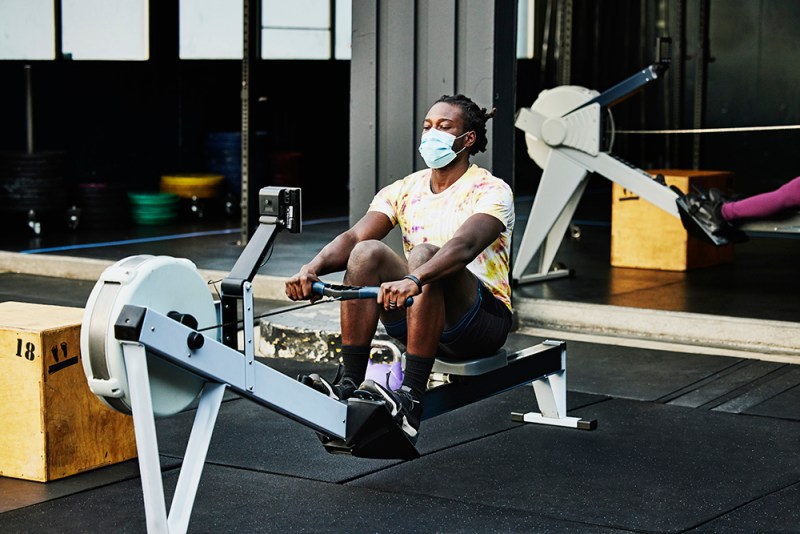
Rowing: Stroke-rate builds
Whether you’re plotting for control of a fictitious executive branch a la House of Cards or just looking for a whole-body workout, rowing has a lot of benefits. Focusing on your technique, you’ll gradually be increasing your speed, or Stroke Rate (SR), getting more intense by the minute.
Targeted muscles: Lower body, core, aerobic system, and upper body
Equipment needed: Rowing machine or an actual boat
Execution: After a three-minute, easy pull warm-up, then:
- One minute, 22 SR
- One minute, 24 SR
- One minute, 26 SR
- One minute, 28 SR
Pull easy for one minute of recovery, then:
- One minute, 26 SR
- One minute, 28 SR
- One minute, 30 SR
- One minute, 32 SR
Pull easy for three minutes of a cool-down.

Climbing
Most beginners believe that climbing is all upper body. When done correctly, the sport recruits total musculature, from grip through abs and legs. While there are climbing machines that loosely simulate the basics, you can easily plot a route at your local gym for this suggested workout.
Targeted muscles: Full body
Equipment needed: Climbing machine, an indoor climbing wall, or your nearby crag
Execution: Either traverse on a wall as a warm up for two minutes or easily use the machine for the same time, then:
- Push (aggressively climb), 30 seconds
- Recover (downclimb or continue to easily move on the machine), 30 seconds
- Push, 45 seconds
- Recover, 45 seconds
- Push, one minute
- Recover, one minute
- Push, 45 seconds
- Recover, 45 seconds
- Push, 30 seconds
- Recover, 30 seconds
Repeat this set twice, then cool down by traversing for one to two minutes.
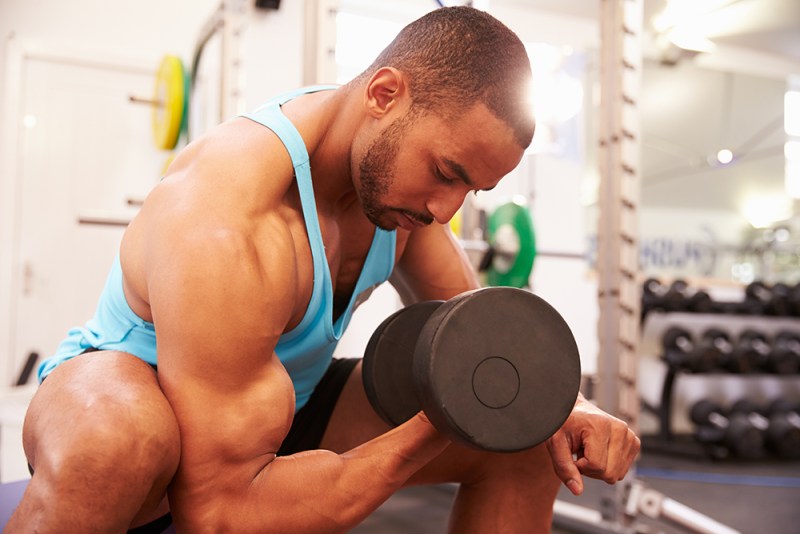
Free weights
Instead of scrolling through your Instagram between sets, reduce your recovery and think of your muscle-building session as aerobic as well. This bodyweight- and free-weight-designed workout will leave you panting after and sore the following day.
Targeted muscles: Upper body, lower body, core, and aerobic system
Equipment needed: Dumbbells, kettlebells, and fitness mirror (optional)
Execution:
- Dumbbell kickbacks, 12
- Dumbbell bicep curls, 12
- Dumbbell bent-over row, 12
- Push-ups, 10
Repeat this circuit three times, then:
- Dumbbell alternating reverse lunges, 12
- Kettlebell or dumbbell Romanian deadlift, 12
- Kettlebell or dumbbell goblet squats, 12
- Kettlebell swings, 12
Repeat this circuit three times, then:
- Russian twists, 30 seconds
- Plank jacks, 30 seconds
- Scissor kicks, 30 seconds
- Mountain climbers, 30 seconds
- Rest, 30 seconds
Repeat this circuit three times.

Cables
Similar to a rower, the specialized cable machine at your local gym can give a hell of a workout that hits differently than your average jog. Recruiting the core and lower body even as your upper body delivers the power, it’s an easy way to shake up a stale cardio routine.
Targeted muscles: Upper body, core, and aerobic system
Equipment needed: Cable machine
Equipment name: NordicTrack Fusion CST
Execution:
- Bent-over rows, 40 seconds
- Rest, 20 seconds
- Incline chest flys, 40 seconds
- Rest, 20 seconds
- Lat pull-throughs, 40 seconds
- Rest, 20 seconds
- Criss-cross rear delt flys (high pulley), 40 seconds
- Rest, 20 seconds
Repeat this circuit twice, then:
- Bicep squat to curl (low pulley), 40 seconds
- Rest, 20 seconds
- Skull crushers (low pulley), 40 seconds
- Rest, 20 seconds
- Low to high core rotations (low pulley), 40 seconds
- Rest, 20 seconds
- High to low core rotations (high pulley), 40 seconds
- Rest, 20 seconds
Repeat this circuit twice, then:
- Skiers (high pulley), 20 seconds
- Rest, 10 seconds
Repeat the above four times, then:
- Alternating quick punches (middle pulley), 20 seconds
- Rest, 10 seconds
Repeat four times. Repeat the Skiers into Punches sequence twice through.
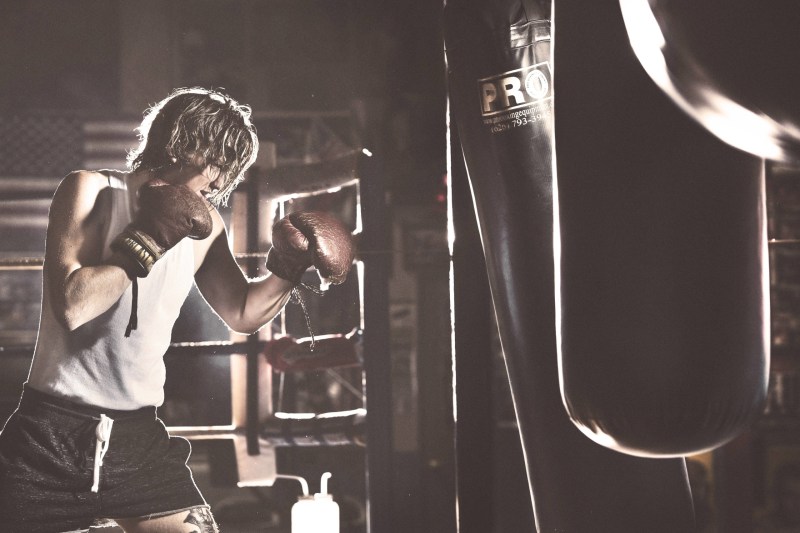
Boxing
Just look at Rocky: Boxing gives you abs. (And, potentially, a closed-head injury.) OK, so skip the ring but hit the bag, which won’t hit back, with this workout.
Targeted muscles: Chest and triceps, core, aerobic system, and some lower body
Equipment needed: Punching bag
Equipment name: FightCamp
Execution:
- Bodyweight squats, 30
- Sit-ups, 20
- Push-ups, 20
Repeat this sequence three times, then:
- Jab, 10
- Cross, 10
- Uppercut, 10
- Rest, 30 seconds
Repeat this sequence three times, then:
- Jab, cross; 10
- jab, jab, cross; 10
- jab, cross, uppercut; 10
- Rest 30 seconds
Repeat this sequence three times, then:
- Bodyweight squats, 10
- Jump squats, 10
- Sit-ups, 20
- Rest, 30 seconds
Repeat three times, then:
- Alternating reverse lunges, 10
- Alternating jump lunges, 10
- Sit-ups, 25
- Rest, 30 seconds
Repeat three times, then cool down with five to eight minutes of stretching.
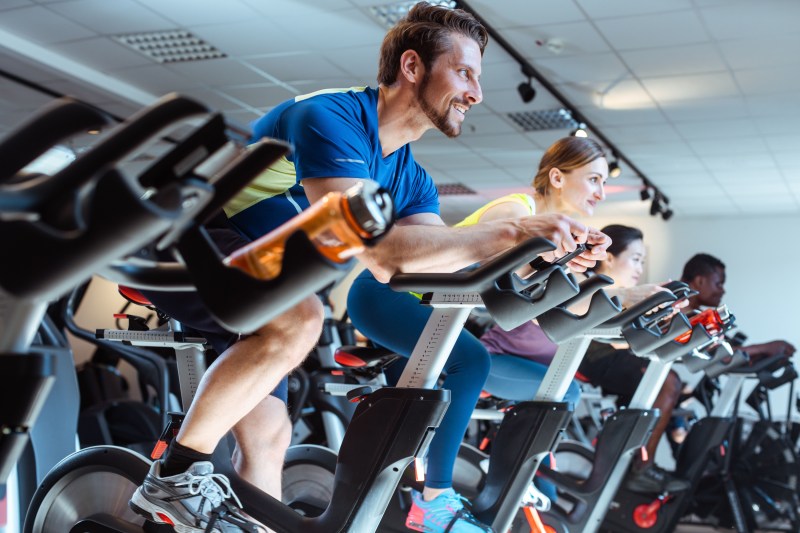
Can you lose weight by doing cardio?
You can lose weight by doing cardio, but it’s not the whole story. While cardio certainly plays a role in weight loss, it’s not the only piece of the puzzle and may not be the most effective approach on its own. Here’s what you need to know.
Pros of cardio for weight loss
- Burns calories: This is the main benefit. Cardio activities like running, swimming, or cycling raise your heart rate and make your body work harder, leading to calorie expenditure.
- Improved fitness: Regular cardio strengthens your heart and lungs, improving your overall fitness level and helping you sustain longer workouts.
- Boosted metabolism: Some forms of cardio, particularly HIIT workouts, can temporarily increase your metabolic rate, meaning you burn more calories even at rest.
Cons of relying solely on cardio for weight loss
- Muscle loss: Overdoing cardio can lead to muscle loss, which can actually slow down your metabolism and make it harder to lose weight in the long run.
- Increased appetite: Intense cardio can trigger hunger hormones, making you feel hungrier and potentially leading to overeating.
- Sustainability: Cardio-heavy routines can be demanding and repetitive, making them harder to stick with over time.
Cardio and strength training
Combine cardio with strength training so you can build muscle mass to help you burn more calories at rest and maintain a healthy metabolism. Aim for at least two to three strength training sessions per week. Also, you want to focus on diet, as your calorie intake plays a crucial role in weight loss. Create a sustainable calorie deficit by eating healthy, nutritious foods.



